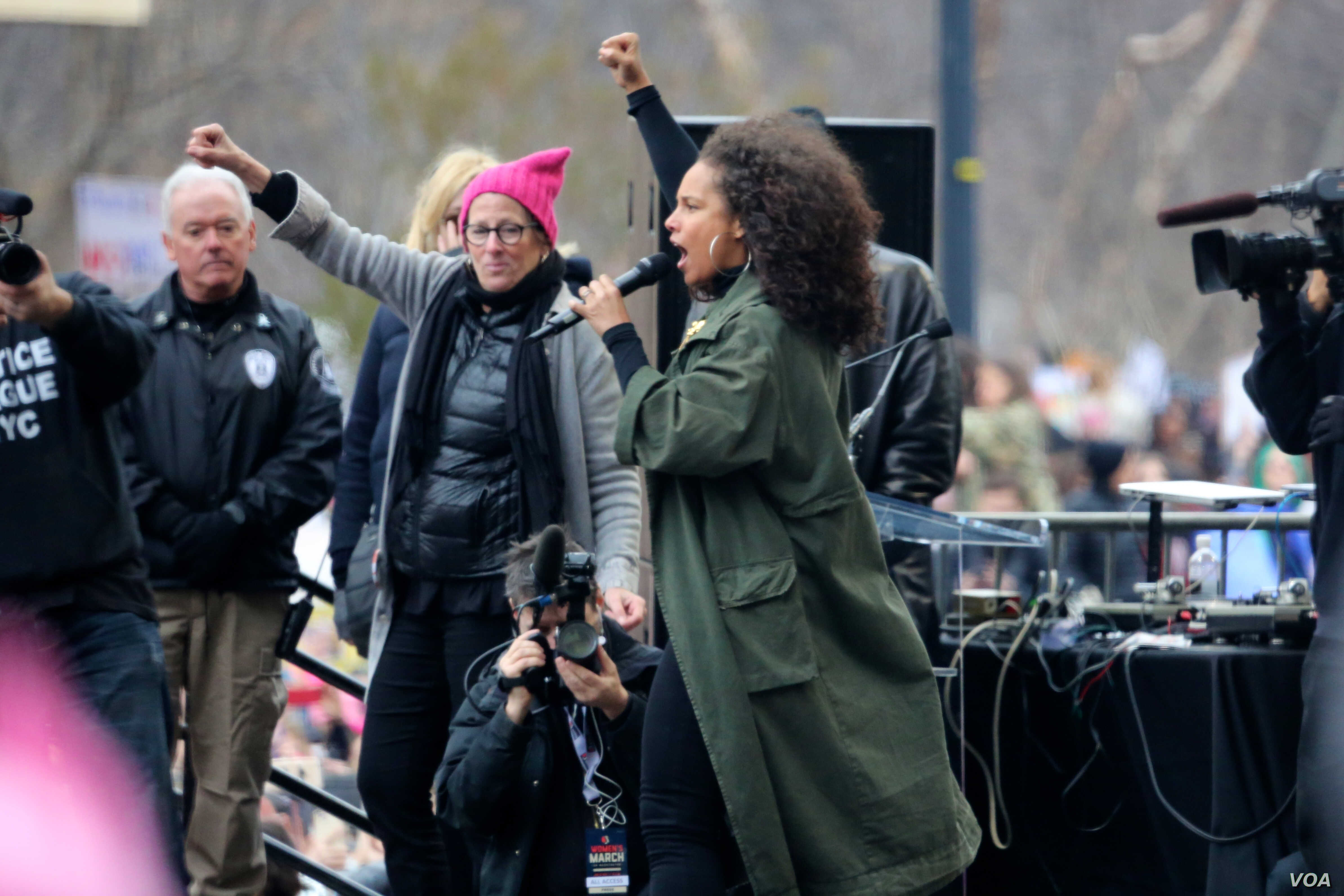Making Sense of Saturday's Demonstrations and the State of American Democracy
by Shawn Healy, PhD, Civic Learning Scholar
While life may be a series of hellos and goodbyes, our new President Donald Trump was greeted on the first day of his presidency with historically large protests that spanned the nation and globe. And it seems likely that this loyal opposition movement is here to stay. The meaning of these protests and their tactics moving forward are open for debate and the subject of today’s post.
Trump’s surprise victory, accompanied by the vitriol that he and many of his supporters spewed during the campaign, is seen by some as a direct threat to their very identities, democracy more generally, and the country they hold dear. Saturday’s marches united young and old, women and their male allies, whites and people of color, citizens and undocumented immigrants, and the spectrum of sexual identities in a historic show of solidarity. Participants faithfully wielded their First Amendment rights to send a strong message of eternal vigilance.
The causes represented were numerous, and class lines blurred, but the demonstrations were coordinated for the most part by white, middle-upper class women. This isn’t unique to history, but an ongoing challenge for progressives is to acknowledge and find unity among existing movements like Black Lives Matters, the Dreamers, and Occupy Wall Street, among others.
Trump’s ascension is in many ways symptomatic of the disruptive forces of globalization. He effectively spoke to social and economic grievances held by working class whites, uniting them with most of the prevailing Republican coalition to expand the party’s control in both Washington and most state capitals.
November’s results are arguably the culmination of more than seven years of successful organizing by the Tea Party, which assembled for the first time just three months into the Obama presidency. Within eighteen months, the movement was the backbone of massive Republican victories in Congress and beyond. Their setbacks in 2012 were only temporary, as 2014 and 2016 were both bountiful for the GOP, with riches in terms of executive and legislative seats unseen since the Hoover Administration.

Saturday’s demonstrators must take notes from the Tea Party, fighting the battles of the moment against the new administration and an empowered Congress, and plotting a course to remake the map in 2018 and beyond.
This means engaging in the policymaking process and simultaneously crafting an agenda with broad appeal to the various constituencies assembled on Saturday, but also to independents and even some Democrats swayed by Trump.
Many of our students participated on Saturday, and all of them are trying to make sense of this new era of hyper-polarization where the parties themselves are in an evolutionary state. Young people are politically and ideologically diverse like the nation as a whole. A plurality self-identify as liberal, yet most don’t don the Democratic label. Herein lies the opportunity for the progressive coalition to build anew, with young people on its ground floor.
A significant number of youth self-identify as conservative, Republican, and Trump supporters. They too are in the shaping zone where traditional positions and alliances are changing by the day. Their causes, party, and President have a responsibility to help bring this country together.
Time will undoubtedly bring clarity to the whiplash of events of the past week, and teachers must stand tall once more in making sense of the now and later with our students.




Comments
Post a Comment